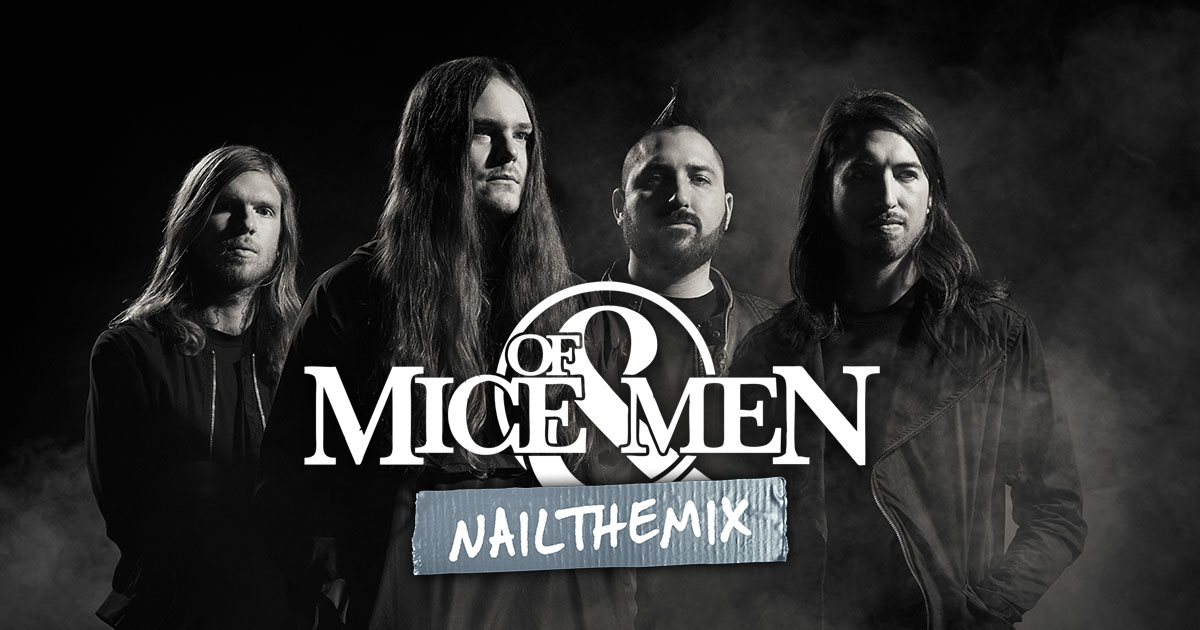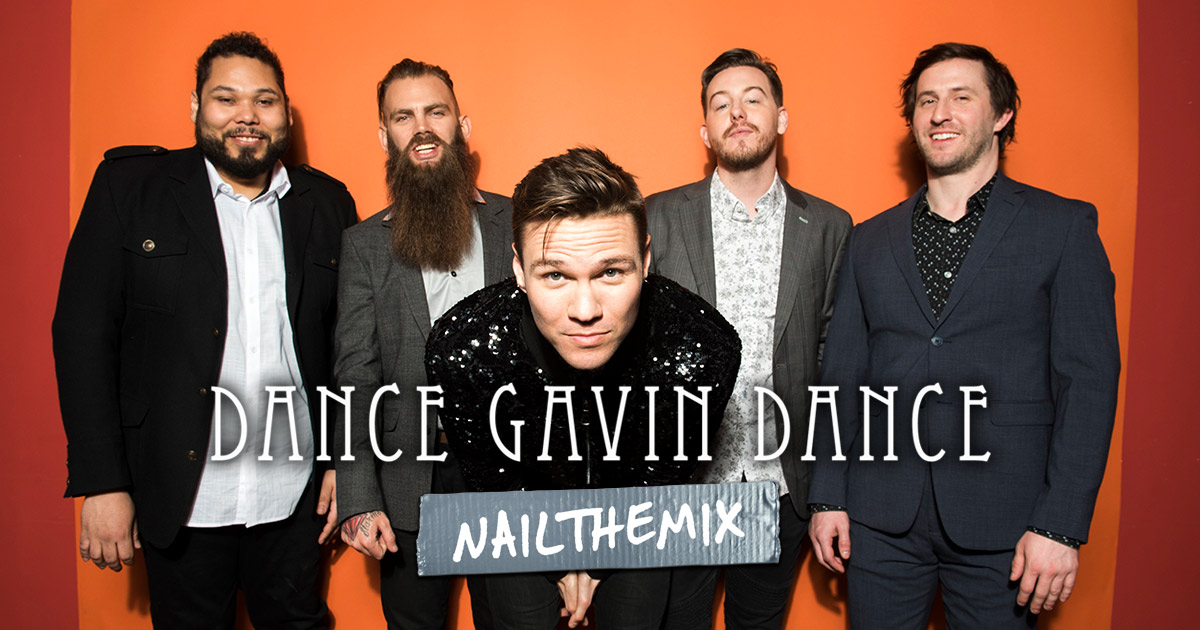
Jens Bogren’s Guide to Recording Intense Vocals with Leprous
Nail The Mix Staff
Let’s talk about metal vocals. Specifically, the kind of raw, intense, and articulate screaming that defines a band like Leprous. It’s not just noise; it’s a controlled, dynamic performance that has to punch through a dense, progressive mix. So how do you capture that in the studio?
We got a look inside a vocal tracking session with producer Dave Otero and Leprous to see exactly how they tackle this beast. The process revealed some killer insights into mic selection, aggressive compression, and a workflow philosophy that prioritizes raw energy above all else.
The Great Mic Debate: SM7B vs. U 67 for Harsh Vocals
The session kicks off with a classic studio shootout: the workhorse dynamic Shure SM7B versus the legendary large-diaphragm condenser, the Neumann U 67. This isn’t just about which mic sounds “better”; it’s about which mic serves the performance.
The Case for the Shure SM7B
If you’ve recorded heavy music, you know the SM7B. It’s a go-to for a reason. In this context, Dave Otero noted that the SM7B provides a more “packaged” sound right from the source. Its natural frequency response and dynamic character tend to tame some of the harsh high-end frequencies inherent in screams.
This means less surgical work for the mixer later on. For the vocalist, however, the experience can feel like singing into a “narrow lens”—focused and powerful, but perhaps less detailed and open. It requires the singer to stay right on the mic, as the capsule is deep in the barrel, making it less forgiving of movement.
The Power of the Neumann U 67
On the other side, you have the U 67. As a condenser, it’s inherently more open and detailed. The difference was immediately noticeable to the vocalist, who felt a greater sense of control and transparency. This allows for more subtle articulation and dynamics to come through, essentially giving the singer a larger and more detailed canvas to perform on.
The potential downside? That same transparency can result in a “looser” character. The raw take might have more of those harsh top-end frequencies that the SM7B naturally smooths over, requiring more attention with an EQ during the mix phase.
The Verdict: Why Performance Always Wins
After A/B testing, a fascinating conclusion emerged. While the SM7B take sounded more like a “finished” vocal right away, the performance on the U 67 was undeniably better. The vocalist felt more connected and in control, leading to a more powerful and nuanced delivery.
Dave Otero’s philosophy here is gold: the vocalist’s performance is the most important thing. Technical hurdles, like taming some high-end fizz, can always be worked around in the mix. But you can’t fake a better performance. Even if the choice is just a psychological boost for the artist, it’s the right choice. They rolled with the U 67.
Heavy Compression on Input: Getting That Aggressive Sound
One of the biggest factors influencing the vocalist’s performance was Dave Otero’s use of heavy input compression. This wasn’t a “conservative” approach; he was hitting the signal hard on the way in.
This strategy serves two key purposes. First, it gives the vocalist a more produced, powerful sound in their headphone monitor. Hearing a compressed, energetic version of your own voice is far more inspiring than a dry, dynamic signal, which helped the vocalist deliver with more confidence. This was a night-and-day difference compared to their usual home recording setup, which didn’t involve input compression. For a deeper dive into how pros use this tool, check out these metal compression secrets.
The “Happy Accident”: Intense Breaths
A cool side effect of this heavy compression is that it brings up the level of the breaths between vocal lines, making them nearly as loud as the screams themselves. While some producers might try to edit these out, Otero embraces it. He loves how it adds to the intensity and raw energy of the track, making the performance feel more desperate and real. It’s a perfect example of leaning into the artifacts of a process to create character.
Capturing the Perfect Take: A Workflow for Brutal Vocals
When tracking harsh vocals, the goal is different from tracking pristine, clean pop vocals. You can’t just do endless takes and comp together the best syllables—the vocalist’s energy and voice are finite resources.
Quality Over Quantity
Otero’s workflow avoids the “shipload of takes” mentality. Instead of comping from 20 different passes, the focus is on capturing a handful of amazing, complete takes. When you get a great one, you bank it. If the vocalist feels their voice starting to decline, you stop and move on. The goal is to capture lightning in a bottle, not drain the vocalist’s stamina.
Building Momentum in the Session
To maintain a consistent vibe and energy, they adopted a smart workflow. After nailing the first chorus, they would move quickly to the second chorus. This allows the vocalist to stay “in the zone” and build on the intensity they’ve already established, rather than losing momentum by switching gears. The vocalist even planned to perform the first chorus with a more even pitch and then introduce more variation and energy into the second, creating a natural arc in the song’s performance.
Full Takes for Flow and Stamina
While punching in a line here or there can be useful, the Leprous vocalist advocated for doing full takes of entire sections. For long, flowing chorus parts, getting the breathing and energy right is crucial. Performing the entire section in one go helps maintain that authentic flow and breath control, something that can be lost when chopping the performance into tiny pieces.
Bring These Techniques To Your Mixes
This peek into the Leprous session offers some incredible, actionable takeaways for any producer working with aggressive vocals:
- Choose gear that inspires the best performance, not just the one that’s technically “easiest” to mix.
- Don’t fear heavy input compression. It can give the vocalist the confidence they need and add killer intensity to the track.
- Build a workflow around capturing energy, not just technical perfection.
Watching pros like Dave Otero make these decisions in real-time is the ultimate learning experience. If you want to see exactly how this Leprous session came together from raw tracks to a finished mix, you can see the whole thing on a Nail The Mix session.
Leprous on Nail The Mix
Jens Bogren mixes "The Price"
Get the Session
Every month at Nail The Mix, you get the real multi-tracks from a massive metal album and watch the original producer mix it from scratch, explaining every plugin, every fader move, and every decision—just like this one. It’s time to unlock your sound beyond presets and learn the real-world techniques that make your favorite records hit so hard.
Get a new set of multi-tracks every month from a world-class artist, a livestream with the producer who mixed it, 100+ tutorials, our exclusive plugins and more
Get Started for $1



